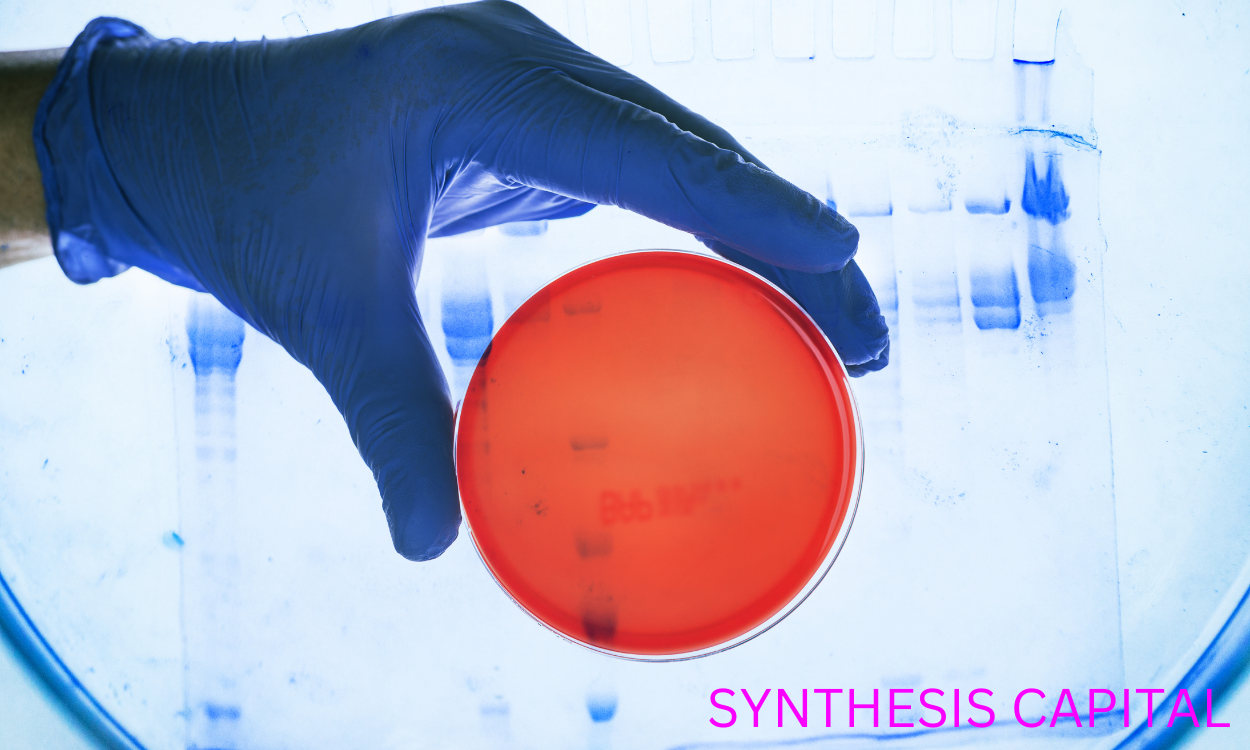Amino acids are essential building blocks of proteins that play crucial roles in various biological processes within the human body. Plants are a rich source of amino acids, making them an important resource for extracting these valuable compounds. The extraction of amino acids from plants involves several methods such as solvent extraction, enzymatic hydrolysis, and chromatography. By isolating and purifying amino acids from plant sources, researchers can unlock their potential for use in supplements, pharmaceuticals, and food products. In this article, we will explore the process of extracting amino acids from plants and the various applications of these extracted compounds.
Common Methods for Extracting Amino Acids from Plants
Common methods used to extract amino acids from plants include protein precipitation, acid hydrolysis, and enzymatic digestion. Protein precipitation involves adding a solvent such as ethanol or acetone to the plant material to isolate proteins, which can then be further processed to extract specific amino acids. Acid hydrolysis involves treating the plant material with strong acids like hydrochloric acid or sulfuric acid to break down proteins into their individual amino acid components. Enzymatic digestion uses proteolytic enzymes like trypsin or papain to selectively cleave proteins into amino acids. These methods are often combined to achieve optimal extraction efficiency and purity of amino acids from plant sources for various applications in research, food processing, and pharmaceutical industries.

How does the extraction process vary depending on the type of plant being used?
The extraction process varies depending on the type of plant being used due to differences in the chemical composition and physical properties of the plant material. For example, the extraction of essential oils from aromatic plants involves methods such as steam distillation or solvent extraction, while the extraction of bioactive compounds from medicinal plants may require techniques like maceration, percolation, or Soxhlet extraction. Each plant has unique components that require specific extraction methods to effectively isolate and concentrate the desired compounds, making it crucial to tailor the extraction process to suit the plant material being utilized.
Are there specific techniques that can maximize the yield of amino acids during extraction?
Yes, there are specific techniques that can maximize the yield of amino acids during extraction. Some of these techniques include using appropriate solvents for extraction, adjusting pH levels to optimize protein solubility, employing enzyme-assisted extraction methods to break down protein structures, and utilizing various separation and purification techniques such as chromatography or electrophoresis. Additionally, optimizing extraction conditions such as temperature, time, and agitation can also help to increase the yield of amino acids extracted from biological samples. By carefully considering and implementing these techniques, researchers can improve the efficiency and effectiveness of amino acid extraction processes.
What factors can affect the quality and purity of the extracted amino acids?
Several factors can affect the quality and purity of extracted amino acids, including the source material used for extraction, the extraction method employed, the presence of contaminants in the sample, the efficiency of the purification process, and the storage conditions of the extracted amino acids. The source material can impact the composition and concentration of amino acids present, while the extraction method can influence the yield and integrity of the extracted amino acids. Contaminants such as salts, proteins, and other impurities can also affect the purity of the amino acids, necessitating thorough purification steps. Additionally, improper storage conditions, such as exposure to light, heat, or moisture, can degrade the quality of the extracted amino acids over time.
Is it possible to extract a wide range of amino acids from plants, or are some more difficult to isolate than others?
It is possible to extract a wide range of amino acids from plants, however, the difficulty in isolating them can vary depending on the specific amino acid and the plant source. Some amino acids may be more abundant and easily extracted from certain plants, while others may require more complex methods or may not be as readily available in plant sources. Factors such as the composition of the plant's proteins, the extraction process used, and the stability of the amino acids can also impact the efficiency of isolation. Overall, while some amino acids may be more challenging to isolate from plants compared to others, it is still feasible to obtain a variety of amino acids from plant sources through proper extraction techniques.

How do researchers ensure that the extracted amino acids are stable and suitable for further analysis or use?
Researchers ensure that the extracted amino acids are stable and suitable for further analysis or use by carefully following established protocols for sample collection, storage, and processing. This includes using appropriate buffers and solvents to prevent degradation, maintaining samples at proper temperatures, and minimizing exposure to light and oxygen. Additionally, researchers may validate the stability of the amino acids through techniques such as chromatography or mass spectrometry to confirm their integrity before proceeding with further analysis or applications. By taking these precautions, researchers can ensure the accuracy and reliability of their results when studying amino acids in biological samples.
Are there any challenges or limitations associated with extracting amino acids from plants?
Some challenges and limitations associated with extracting amino acids from plants include the low concentration of amino acids in plant tissues, the complexity of the extraction process, and the potential for degradation of amino acids during extraction. Additionally, certain plant species may have unique cell wall structures or compounds that can interfere with the extraction process, making it difficult to isolate specific amino acids. Furthermore, variations in amino acid content between different plant varieties and seasons can also pose challenges in achieving consistent and reliable extraction results. Overall, optimizing extraction methods and overcoming these challenges are essential for obtaining high-quality amino acids from plant sources for various applications in industries such as food, pharmaceuticals, and cosmetics.
Exploring the Potential Applications and Benefits extraction of amino acids from plants of Improving Amino Acid Extraction from Plants
Improving the efficiency of amino acid extraction from plants could have numerous potential applications and benefits. Firstly, it could lead to increased production of plant-based protein supplements and food products, catering to the growing demand for sustainable and nutritious alternatives to animal-derived proteins. This could have a positive impact on global food security and help reduce the environmental footprint of agriculture. Additionally, the extracted amino acids could be utilized in pharmaceuticals, cosmetics, and other industries, offering new avenues for product development and innovation. Overall, enhancing the efficiency of amino acid extraction from plants has the potential to drive advancements in various sectors and contribute to a more sustainable and healthier future.
The Efficient Extraction of Amino Acids from Plants
1. Amino acids can be extracted from plants using techniques such as crushing, grinding, and soaking the plant material in a solvent.

2. Different plants contain different types and quantities of amino acids, so it is important to choose the right plant source for extraction.
3. The solvent used for extraction should be carefully selected to ensure that it effectively extracts the amino acids without damaging them.
4. Once the amino acids have been extracted, they can be further purified and concentrated using techniques such as filtration and chromatography.